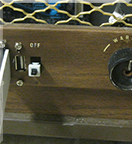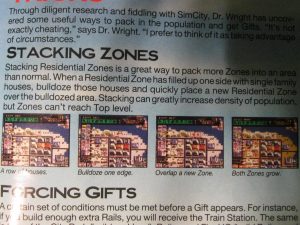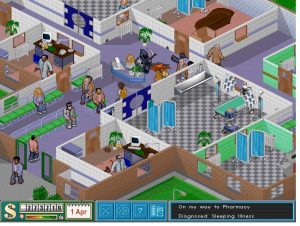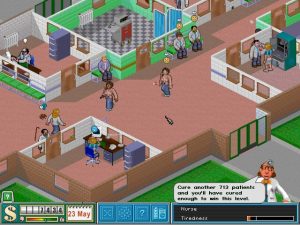Finished Wonder Project J (SNES)
What it is- Pinocchio: the anime game
The scientist Geppetto has constructed a robot named Pino, part of a special family of robots called Gijin. In a tragic and sudden surprise, Geppetto was captured by the evil rulers of the kingdom before he was able to finish Pino's programming. You play as Tinker, a magical fairy who guides Pino toward being able to rescue the kingdom and his creator Geppetto.
You don't control Pino directly, but Tinker. Tinker can direct Pino left or right, or tell him to stop; signal to him "right!" or "wrong!" She can tell him to interact with an object, she can pick up and move objects.
Interactions with Tinker comprise the building blocks with which Pino learns language, combat, good manners, sports, musical instruments. And how not to eat the cat. (In my 1st playthrough he hoisted the cat up into the air and into his mouth and it disappeared. I think it's a glitch, but he gained a bunch of health from it, so... I dunno...)
Another game never released in the west. It turns out there is not much of a market for these sorts of simulators. It was tantalizing reading about this in Nintendo Power magazine but there was no typical way to play it.
Playing it in the late 90s / early 2000s was difficult because it was only available in Japanese and there didn't yet exist any English-language guides. Fortunately the gameplay is very all-ages friendly and visually explanatory, so it worked well as a learning tool for some words and vocabulary at that time.
Graphically it was all about really layered, complicated backgrounds and big smoothly-animated characters. Oh, and voice acting. In an SNES game. When Pino learns something, he actually says "Wakatte wa!" (Got it! / I understand it). There's a poignant moment where he says "Arigatou... minna". There were maybe 5 or 6 voice clips like that. Voice acting in SNES games exists but it's very rare. I really want to know what percent of the cartridge was dedicated to storing wave file sound.
Today there is a 100% complete fan translation. A really good one at that. I'm glad to be playing it now!

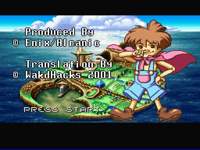


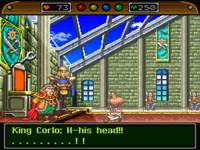

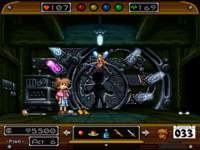
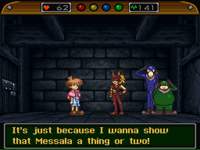

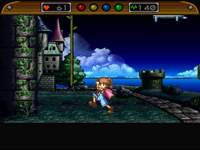


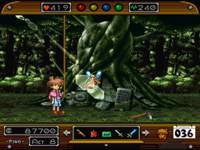
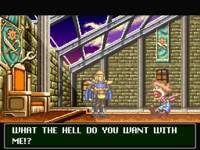
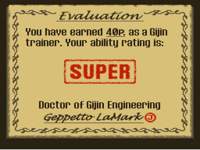
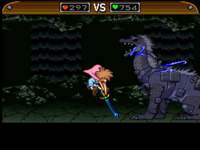
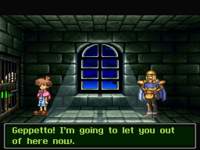
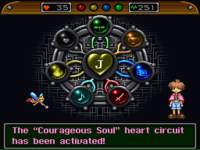






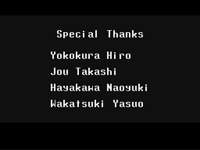

Finished Pilotwings (SNES)
Is it possible to make a game entirely in Mode 7? Yes
Pilotwings is very earlygen SNES. It showcases the capabilities of Mode 7 graphics (texture-mapped plane which can be scaled/rotated/perspective transformed) to get something of a faux 3D. There are six flight modes: small plane, skydiving, rocketbelt (like a jetpack), hang-glider, helicopter, and some thing like a wing suit.
Defeating the first four courses unlocks the 'expert' mode, where the courses have some difficult twist (ice and snow, night, strong winds, etc) plus other difficulty adjustments. Clearing all expert courses clears the game
Too bad flight simulators are a dead genre. ("something something Microsoft Flight Simulator", Microsoft Flight Simulator is older than I am) ("something something indie games" . okay) Unfortunately I think that to make a flight simulator marketable nowadays, it needs to have combat elements incorporated. Thinking about it, the last-released flight sim I remember playing was Il-2 Sturmovik: Birds of Prey on Xbox 360 which had reasonable mainstream success. That one takes place in a war scenario obviously with the shooting mechanics you would expect.
Pilotwings did not make the cut for SNES classic but maybe the IP will get picked up for the Switch.



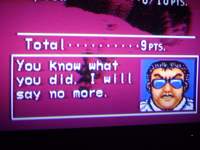

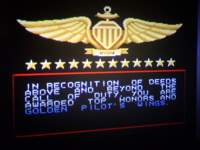


Got the Megalopolis in SimCity (SNES).
This is the original SimCity, slightly Nintendo-ified with references to Bowser and Mario and Dr. Wright of course. Unlike SimCity 2000, it doesn't have an isometric style, although there is a sort-of-3D effect in terms of 'tall' zones overlapping short ones.
The Megalopolis is the highest population ranking in the game at 500,000 people.
What makes it hard: unlike the newer SimCities, you have very limited space, and zones are 3x3 boxes with nothing smaller, so building optimally around coastlines is a problem.
The game takes pity on you as you begin to run out of space, bestowing upon you up to 7 3x3 landfills, so you can place up to 7 extra zones. A fully developed city is 500-900 zones, though. So it doesn't help much.
Optimizing for space is hard, ensuring land values remain high while all zones are crammed together as much as possible. Moreover, all zones need to be connected to transit- each zone should be touching at least one transit block develop beyond the minimal thing
Through experimentation I found out how to do some cheesy things-
- People don't care if there are literally no roads. Rails everywhere == no traffic
- Living next to disconnected 10-foot driveway of railroad running out of your backyard is sufficient as a commuting option
- Industrial zones around the borders because pollution going off the edge of your map 'doesn't count'
- Police stations don't need to be next to roads OR rails to be effective. They have helicopters or something
- All schools and hospitals == demolish on sight. Develop them into pure residential zones instead. No one cares
- Stacking and 'gift forcing' cheese.
Of course the city is called 'SF SOKYO'.
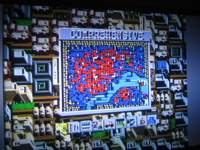

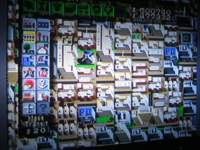
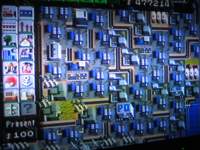
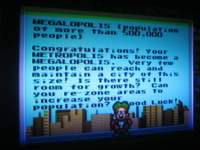
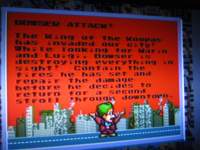
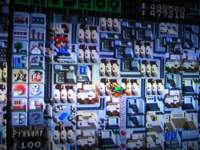
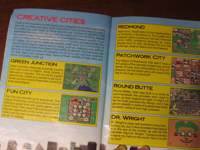
Not a bug, it's a feature:
Finished ActRaiser (SNES).
ActRaiser plays like two games in one. One half is a top-down 'god game' city-building simulator, the other half is your standard side-scrolling platformer with very oldschool difficulty. Although the two modes have such different visuals and gameplay, they are integrated. Your success in the citybuilding increases your health/spells in the platformer, and your success in the platformer unlocks the next part of the citybuilding.
I have to admire how much effort it would have been to include both these two modes. They are so visually different you basically can't recycle any assets between them. Another cool thing is that the overworld map, shown with the 'mode 7' efffect, shows how your city actually looks at the present time- the terrain changes, and the placement of cities- not just some constant pre-canned thing.
There is a sequel to this game, ActRaiser II, but they axed the city-building part in favor of just having the platformer alone. Kind of a curious decision since that's what really made this game unique.
The difficulty of the game varies wildly. The SIM parts are quite relaxing, and some of the early-game bosses are a joke, but the final boss gauntlet is something else. You need to fight all the bosses from the latter half of the game in succession, and then an additional final boss with two forms. In between bosses your health doesn't replenish. Your magic doesn't replenish. You can die twice but no more. Oh, and the bosses are all sped up compared to before. I was able to put together a 'take no damage' strategy for a few of them but not all. I got through it by the skin of my teeth.
This was a very challenging but fun game, I loved the two-genres-in-one and visual style. I had rented it a couple times when I was younger but never owned it, and for some reason, I had never beaten it even though it's short. Maybe it was too hard. Now I got to revisit it. There are a lot of games I was not able to beat when I was younger but I can beat them now, I think because I became better co-ordinated.
And between this, Kirby's Marx and Lagoon- seeing any 2D game level whose background is just a moving starfield makes me instantly know what's going on... It's a huge cliche!
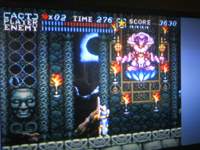



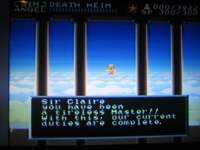
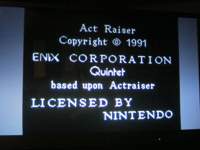

Although I played this game eons ago, I completed it for the first time today.
Playing this game to the end revealed it glitching out at times (can you spot it?):





